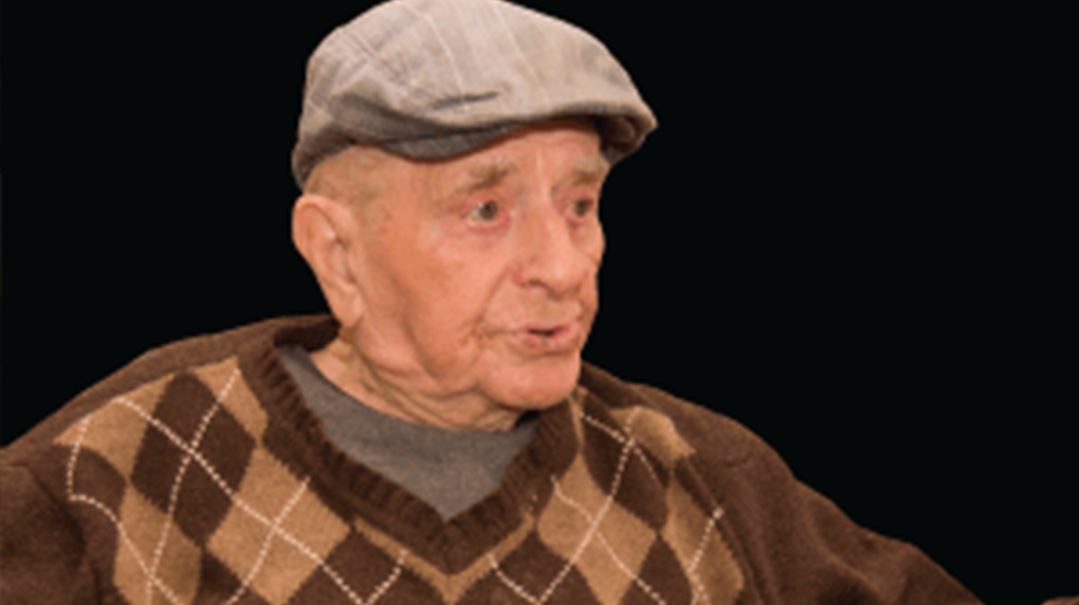I Had a Friend Named Mottele


“Zeidy, you won’t believe it!” the Vizhnitz-Monsey Rebbe’s grandson couldn’t contain his excitement, “a Yid from Eretz Yisrael called to tell me that he met your childhood friend, Yaakov Koppel Mendelovitz, the one who learned together with you in the talmud Torah in Grosswardein!”
The elderly Rebbe Mottele (Rav Mordechai Hager) raised an eyebrow, surprise flickering in his eyes. “Reb Moshe Aharon’s son?” he asked, astonished. “How was this connection made?”
The Rebbe was instantly transported 85 years into the past, when he was a young boy living in the company of his illustrious grandfather, the Ahavas Yisrael, the revered forebear of the current Rebbes of Vizhnitz.
Rebbe Yisrael Hager, known as the Ahavas Yisrael — the third rebbe in the Vizhnitz dynasty, was a young man when he was appointed as Rebbe of Vizhnitz in 1893 after the passing of his father, the Imrei Baruch. When the First World War broke out he was forced to move to Grosswardein, Transylvania, and although the Jewish community was far from chassidic, the arrival of the Rebbe — who had already achieved fame throughout the region — created a powerful momentum for the spread of Chassidus.
The Ahavas Yisrael was followed by his son Rebbe Chaim Meir (the Imrei Chaim), who survived the war and settled in Bnei Brak, rebuilding the community brick by brick and healing the broken spirit of Holocaust survivors. His two sons continued his legacy: Rebbe Moshe Yehoshua — who passed away a year ago this week — became the leader of Vizhnitz in Bnei Brak, while Rebbe Mordechai (“Mottele”) became the rebbe in Monsey.
“The yungeleit from the research institute that is reprinting the sefer Ahavas Yisrael are seeking divrei Torah attributed to him that have never been printed,” his grandson said. During the Ahavas Yisrael’s lifetime, chassidim used to sell each other notes taken from the Rebbe’s divrei Torah as mementos. These notes were passed on from father to son.
“There’s a chassid named Rav Mendel Deutsch, a member of the Seret-Vizhnitz community in Haifa, who set out to locate Jews who come from Vizhnitzer roots and might still have these notes. He has already succeeded in recovering hundreds of the Ahavas Yisrael’s teachings, and he also managed to locate Yaakov Koppel, who shared with him many stories about our holy ancestor.”
Oops! We could not locate your form.
